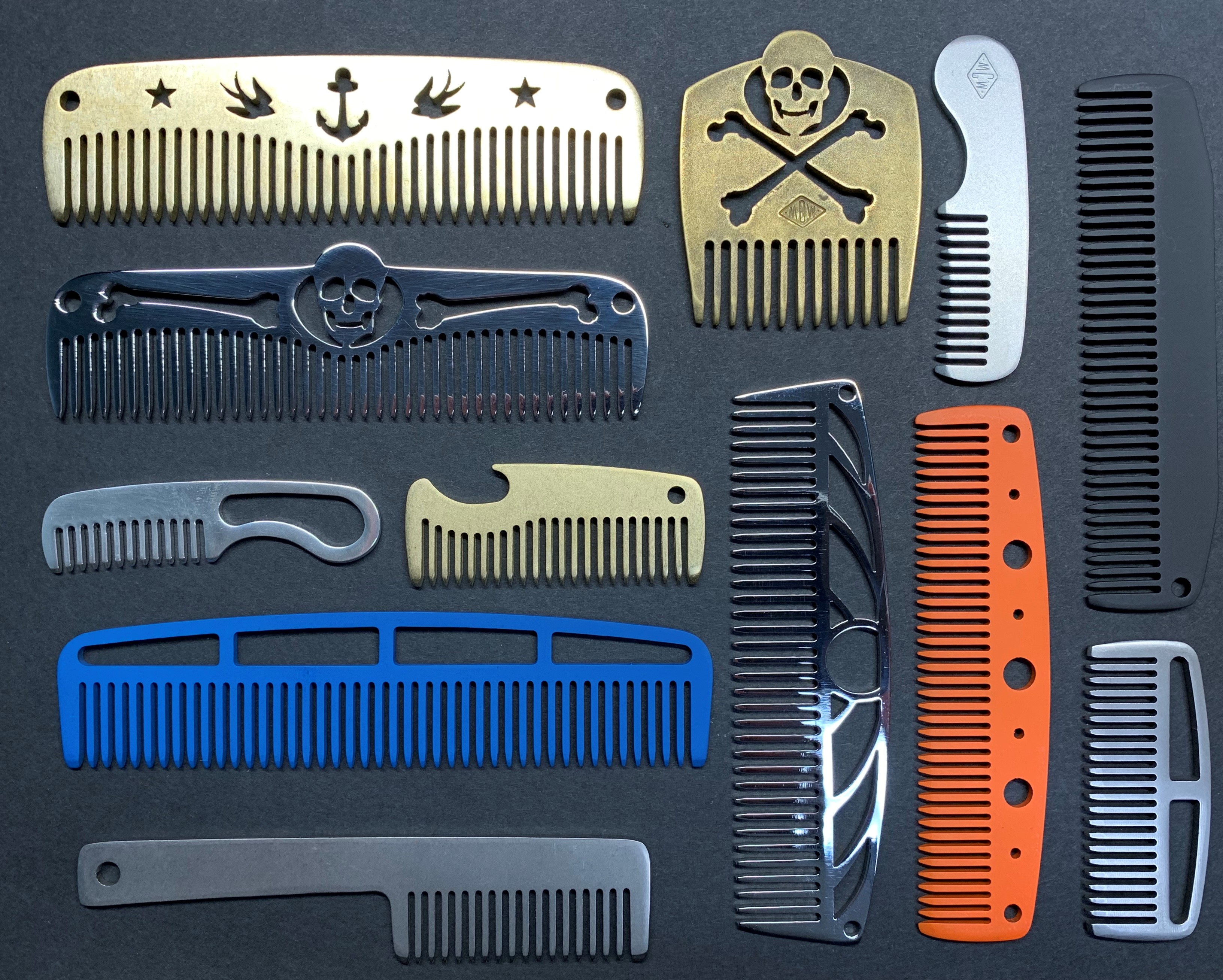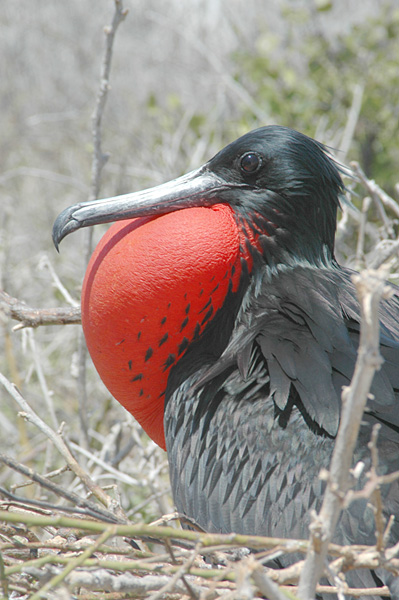|
Pelecaniformes
The Pelecaniformes are an order of medium-sized and large waterbirds found worldwide. As traditionally (but erroneously) defined, they encompass all birds that have feet with all four toes webbed. Hence, they were formerly also known by such names as totipalmates or steganopodes. Under this obsolete definition, the Fregatidae (frigatebirds), Sulidae (gannets and boobies), Phalacrocoracidae (cormorants and shags), Anhingidae (darters), and Phaethontidae (tropicbirds) were included in the Pelecaniformes. Subsequent molecular and morphological studies indicate they are in fact not close relatives to "true" Pelecaniformes, and they are now placed in their own orders, Suliformes and Phaethontiformes, respectively. Pelecaniformes as currently defined comprise the pelicans, shoebill and hamerkop, which form a clade within the order (suborder Pelecani), along with herons ( Ardeidae) and ibises and spoonbills ( Threskiornithidae); the relationships between Pelecani and the othe ... [...More Info...] [...Related Items...] OR: [Wikipedia] [Google] [Baidu] |
Pelecanidae
The Pelecanidae is a family of Pelecaniformes, pelecaniform birds within the Pelecani that contains three genera: the extinct ''Eopelecanus'' and ''Miopelecanus'' and the extant ''Pelecanus''. Pelecanids have existed since the late Eocene (Priabonian) and they still exist today. References * * Pelecaniformes, Taxa named by Constantine Samuel Rafinesque Bird families {{pelecaniformes-stub ... [...More Info...] [...Related Items...] OR: [Wikipedia] [Google] [Baidu] |
Phaethontidae
Tropicbirds are a family, Phaethontidae, of tropical pelagic seabirds. They are the sole living representatives of the order Phaethontiformes. For many years they were considered part of the Pelecaniformes, but genetics indicates they are most closely related to the Eurypygiformes. There are three species in one genus, ''Phaethon''. The scientific names are derived from Ancient Greek ''phaethon'', "sun". They have predominantly white plumage with elongated tail feathers and small feeble legs and feet. Taxonomy, systematics and evolution The genus ''Phaethon'' was introduced in 1758 by the Swedish naturalist Carl Linnaeus in the tenth edition of his ''Systema Naturae''. The name is from Ancient Greek ''phaethōn'' meaning "sun". The type species was designated as the red-billed tropicbird (''Phaethon aethereus'') by George Robert Gray in 1840. Tropicbirds were traditionally grouped in the order Pelecaniformes, which contained the pelicans, cormorants and shags, darters, gann ... [...More Info...] [...Related Items...] OR: [Wikipedia] [Google] [Baidu] |
Eocene
The Eocene ( ) is a geological epoch (geology), epoch that lasted from about 56 to 33.9 million years ago (Ma). It is the second epoch of the Paleogene Period (geology), Period in the modern Cenozoic Era (geology), Era. The name ''Eocene'' comes from the Ancient Greek (''Ēṓs'', 'Eos, Dawn') and (''kainós'', "new") and refers to the "dawn" of modern ('new') fauna that appeared during the epoch.See: *Letter from William Whewell to Charles Lyell dated 31 January 1831 in: * From p. 55: "The period next antecedent we shall call Eocene, from ήως, aurora, and χαινος, recens, because the extremely small proportion of living species contained in these strata, indicates what may be considered the first commencement, or ''dawn'', of the existing state of the animate creation." The Eocene spans the time from the end of the Paleocene Epoch to the beginning of the Oligocene Epoch. The start of the Eocene is marked by a brief period in which the concentration of the carbon isoto ... [...More Info...] [...Related Items...] OR: [Wikipedia] [Google] [Baidu] |
Sulidae
The bird family Sulidae comprises the gannets and boobies. Collectively called sulids, they are medium-large coastal seabirds that plunge-dive for fish and similar prey. The 10 species in this family are often considered congeneric in older sources, placing all in the genus ''Sula''. However, ''Sula'' (true boobies) and ''Morus'' (gannets) can be distinguished via morphological, behavioral, and DNA sequence characters. Abbott's booby (''Papasula'') is given its own genus, as it stands apart from both in these respects. It appears to be a distinct and ancient lineage, maybe closer to the gannets than to the true boobies.Kennedy, Martyn; Spencer, Hamish G. & Gray, Russell D. (1996): Hop, step and gape: do the social displays of the Pelecaniformes reflect phylogeny? ''Animal Behaviour'' 51(2): 273-291. (HTML abstract) Erratum: ''Animal Behaviour'' 51(5): 1197. Description Sulids measure about in length and have a wingspan around . They have long, narrow, and pointed wings, ... [...More Info...] [...Related Items...] OR: [Wikipedia] [Google] [Baidu] |
Comb
A comb is a tool consisting of a shaft that holds a row of teeth for pulling through the hair to clean, untangle, or style it. Combs have been used since prehistoric times, having been discovered in very refined forms from settlements dating back to 5,000 years ago in Persia. Weaving combs made of whalebone dating to the middle and late Iron Age have been found on archaeological digs in Orkney and Somerset. Description Combs are made of a shaft and teeth that are placed at a perpendicular angle to the shaft. Combs can be made out of a number of materials, most commonly plastic, metal, or wood. In antiquity, horn and whalebone was sometimes used. Combs made from ivory and tortoiseshell were once common but concerns for the animals that produce them have reduced their usage. Wooden combs are largely made of boxwood, cherry wood, or other fine-grained wood. Good quality wooden combs are usually handmade and polished. Combs come in various shapes and sizes depending on what the ... [...More Info...] [...Related Items...] OR: [Wikipedia] [Google] [Baidu] |
Pectinate
{{disambig ...
Pectinate may refer to: * Pectinate line, a line which divides the upper two thirds and lower third of the anal canal * Pectinate muscles, parallel ridges in the walls of the atria of the heart * A salt of the heteropolysaccharide pectin Pectin ( ': "congealed" and "curdled") is a heteropolysaccharide, a structural polymer contained in the primary lamella, in the middle lamella, and in the cell walls of terrestrial plants. The principal chemical component of pectin is galact ... [...More Info...] [...Related Items...] OR: [Wikipedia] [Google] [Baidu] |
Nostril
A nostril (or naris , : nares ) is either of the two orifices of the nose. They enable the entry and exit of air and other gasses through the nasal cavities. In birds and mammals, they contain branched bones or cartilages called turbinates, whose function is to warm air on inhalation and remove moisture on exhalation. Fish do not breathe through noses, but they do have two small holes used for smelling, which can also be referred to as nostrils (with the exception of Cyclostomi, which have just one nostril). In humans, the nasal cycle is the normal ultradian cycle of each nostril's blood vessels becoming engorged in swelling, then shrinking. The nostrils are separated by the septum. The septum can sometimes be deviated, causing one nostril to appear larger than the other. With extreme damage to the septum and columella, the two nostrils are no longer separated and form a single larger external opening. Like other tetrapod A tetrapod (; from Ancient Greek :wikti ... [...More Info...] [...Related Items...] OR: [Wikipedia] [Google] [Baidu] |
Gular Skin
Gular skin (throat skin), in ornithology, is an area of featherless skin on birds that joins the lower mandible of the beak (or ''bill'') to the bird's neck. Other vertebrate taxa may have a comparable anatomical structure that is referred to as either a gular sac, throat sac, vocal sac or gular fold. In birds Gular skin can be very prominent, for example in members of the order Suliformes (gannets, frigatebirds, and cormorants) as well as in pelicans (which likely share a common ancestor). In many species, the gular skin forms a flap, or gular pouch, which is generally used to store fish and other prey while hunting. In cormorants, the gular skin is often brightly coloured, contrasting with the otherwise plain black or black-and-white appearance of the bird. This serves a function in social signalling, since it becomes more pronounced in breeding adults. In frigatebirds, the gular skin (or gular sac or throat sac) is used dramatically. During courtship display, the male for ... [...More Info...] [...Related Items...] OR: [Wikipedia] [Google] [Baidu] |
Taxonomist
In biology, taxonomy () is the science, scientific study of naming, defining (Circumscription (taxonomy), circumscribing) and classifying groups of biological organisms based on shared characteristics. Organisms are grouped into taxon, taxa (singular: taxon), and these groups are given a taxonomic rank; groups of a given rank can be aggregated to form a more inclusive group of higher rank, thus creating a taxonomic hierarchy. The principal ranks in modern use are domain (biology), domain, kingdom (biology), kingdom, phylum (''division'' is sometimes used in botany in place of ''phylum''), class (biology), class, order (biology), order, family (biology), family, genus, and species. The Swedish botanist Carl Linnaeus is regarded as the founder of the current system of taxonomy, having developed a ranked system known as Linnaean taxonomy for categorizing organisms. With advances in the theory, data and analytical technology of biological systematics, the Linnaean system has transfo ... [...More Info...] [...Related Items...] OR: [Wikipedia] [Google] [Baidu] |
Clade
In biology, a clade (), also known as a Monophyly, monophyletic group or natural group, is a group of organisms that is composed of a common ancestor and all of its descendants. Clades are the fundamental unit of cladistics, a modern approach to taxonomy adopted by most biological fields. The common ancestor may be an individual, a population, or a species (extinct or Extant taxon, extant). Clades are nested, one in another, as each branch in turn splits into smaller branches. These splits reflect evolutionary history as populations diverged and evolved independently. Clades are termed ''monophyletic'' (Greek: "one clan") groups. Over the last few decades, the cladistic approach has revolutionized biological classification and revealed surprising evolutionary relationships among organisms. Increasingly, taxonomists try to avoid naming Taxon, taxa that are not clades; that is, taxa that are not Monophyly, monophyletic. Some of the relationships between organisms that the molecul ... [...More Info...] [...Related Items...] OR: [Wikipedia] [Google] [Baidu] |
Phaethontiformes
The Phaethontiformes are an order of birds. They contain one extant family, the tropicbirds (Phaethontidae), and one extinct family Prophaethontidae from the early Cenozoic. Several fossil genera have been described, with well-preserved fossils known as early as the Paleocene. The group's origins may lie even earlier if the enigmatic waterbird '' Novacaesareala'' from the latest Cretaceous or earliest Paleocene of New Jersey is considered a tropicbird. Many phaethontiform fossil taxa are known from the Paleocene and Eocene, but the fossil record becomes much more scant after the Oligocene. This suggests that around this time, the group may have moved out of the nearshore habitats where they were easier to fossilize and evolved the pelagic lifestyle that is still retained by the few surviving members today. The tropicbirds were traditionally grouped in the order Pelecaniformes, which contained the pelicans, cormorants and shags, darters, gannets and boobies and frigatebird ... [...More Info...] [...Related Items...] OR: [Wikipedia] [Google] [Baidu] |
Suliformes
The order Suliformes (, dubbed "Phalacrocoraciformes" by ''Christidis & Boles 2008'') is an order of birds recognised by the International Ornithological Congress, International Ornithologist's Union. Regarding the recent evidence that the traditional Pelecaniformes is polyphyletic, it has been suggested that the group be divided to reflect the true evolutionary relationships; a 2017 study indicated that they are most closely related to Otidiformes (bustards) and Ciconiiformes (storks). Systematics and evolution Of the families in Pelecaniformes, only Pelecanidae, Balaenicipitidae, and Scopidae remain. The tropicbird family Phaethontidae has since been moved to their order Phaethontiformes. Genetic analysis seems to show that the Pelecaniformes are actually closely related to the Ardeidae and Threskiornithidae. As for the Suliformes, they are distantly related to the current Pelecaniformes. According to Hackett ''et al''. (2008), Gaviformes, loons, Sphenisciformes, penguins, Cicon ... [...More Info...] [...Related Items...] OR: [Wikipedia] [Google] [Baidu] |






